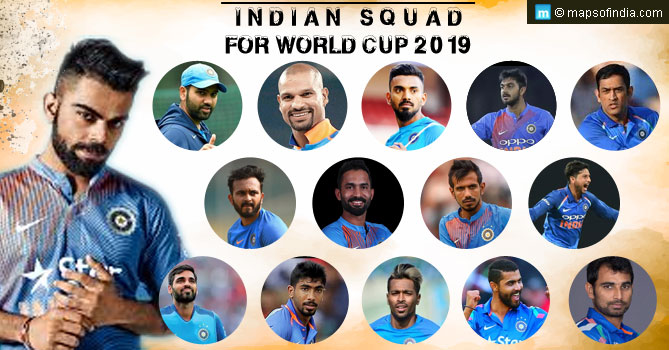Cricket is still the most popular and successful sport in India, with millions of people watching it on TV, attending local matches, or participating in it themselves every year. Cricket is not just a daily sport in India, but it is also an essential part of history and a vital influence in connecting people worldwide and domestically. With current TV coverage, increasing tournaments, and In-play Cricket betting, the background of cricket in India is interesting to explore, only to see how well the game has progressed.
Cricket, which the English invented in the 16th century, was inevitably brought to India, a large part of the British Empire until 1947, following World War II. However, there is no definitive date for when cricket was introduced to India. The first known match in the nation occurred in 1721 when a crew of English seamen from the East India Trading Company competed in Kutch, Western India.
Although cricket was played throughout the country years after, the first formal team was formed in 1848 when the Parsi community in Bombay started the Oriental Cricket Club (OCC); following the OCC’s invitation to play in Europe, new faces in India began to develop. Calcutta was among them, demonstrating India’s dedication to cricket on the international level.
India started increasing its tournaments to include more players and teams after being awarded test match status in 1932 when they faced the England international team at Lord’s in London. Following high crowd numbers in the Test series against Pakistan and New Zealand, Indian princes united to initiate the Ranji Trophy in 1935.
This trophy was initially named in Honor of Ranjitsinhji, prince of Nawanagar, regarded as among the best batters in the world and was proclaimed an idol by his homeland. Together with the Ranji Trophy, the Board for Control of Cricket in India (BCCI) established the Irani Trophy, a kind of follow-up to the Ranji Trophy that would be played between the winner and the rest of India.
India staged the first-ever official Test series in 1932. Still, it did not achieve a global reputation until 1952, when the Indian national team defeated England in a test match on the home ground. Following that year, they won their first entire Test series against Pakistan. As a result, India gradually evolved into a formidable opponent when facing a team on their home turf, generating high-quality players and winning many Test series throughout the 1960s and 1970s.
With the debut of One Day Internationals, India was forced to shift from defensive to offensive strategies. This proved to be a successful, happy coincidence for the country as they walked on to defeat the West Indies teams in the ICC Cricket World Cup in 1983. All through the late 20th and early 21st century, India produced many legendary players regarded as some of the finest in the sport’s history.
The BCCI established India’s first cricket premier league in 2008, focusing on the rising popularity of the T20 format. The Indian Premier League (IPL), which has taken place every year since its inception, involves ten teams who compete in a league system to find who advances to the semifinals and ultimately the final.
However, the tournament’s establishment is believed to have cost approximately $400 million; its concentration on franchises and ability to recruit the best players in the league has seen its value climb to billions in recent times.





